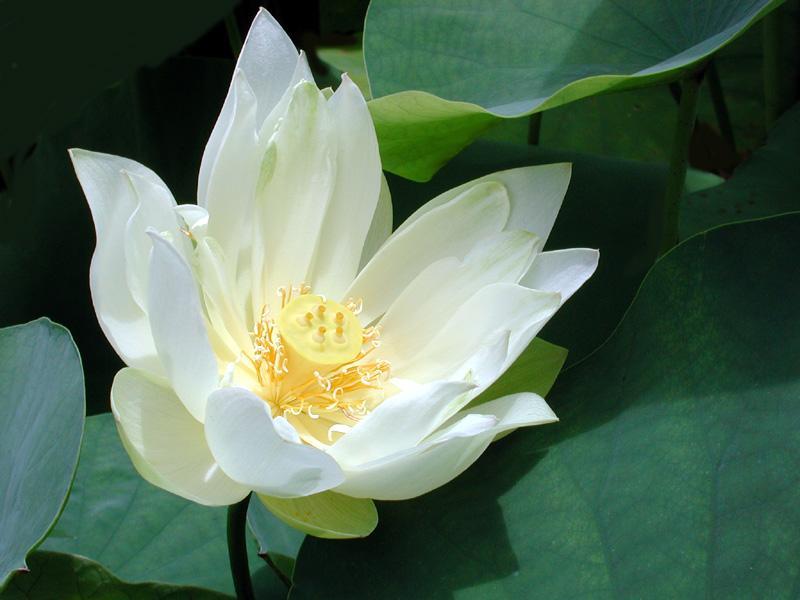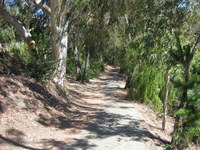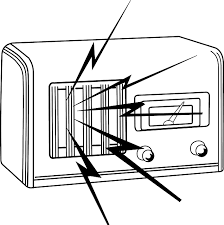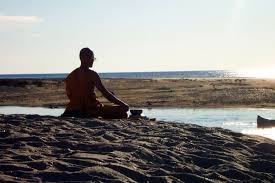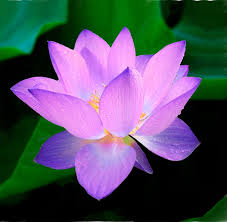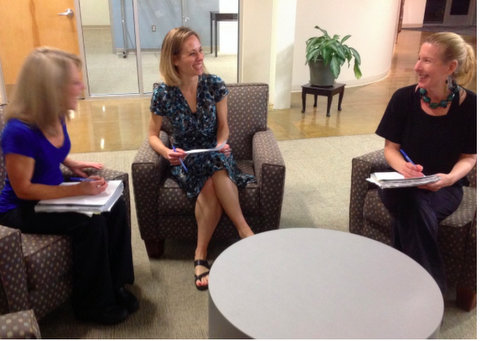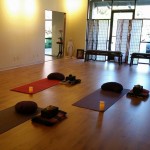“Attachment is the origin, the root of suffering; hence it is the cause of suffering.” Buddha
I was recently watching again “The Tree of Life” by Terrence Malick, with actors Brad Pitt and Sean Penn tracing the story of a family in Waco, Texas, in 1956. While some critics mentioned that Jack’s (Sean Penn) struggles with his father lead to a questioning of faith and meaning, I saw in the story a bigger message, a wider point of view that can help us reflect on our spiritual journey and leadership skills.
During the film we are exposed to beautiful and haunting moments, to images of transiency, love, anxiety, and fear in a world that from a certain perspective seems too threatening for our small “I”. From that perspective, from those moments of seeing only the world’s suffering, the ego perceives the whole cosmos as a threat and, in a state of panic, uses reactivity and its modes as a way of survival. In the story, young Jack goes from moments of compassion and openness to irrational and violent ways that show how reactivity can cause suffering to yourself and others. But Jack’s journey is more than that. While the story offers no simple answers, or a safe deity to reach out to, it also creates images of beauty, of the cosmos and space that interrupt the viewing of the ego self with other moments of wondering, questioning, and mystery.
 It seems as if the bigger picture the story is presenting is a question that points at the origin of our suffering. When your life is taken over by stress or fear, what point of view are you using? Do you look at the big picture of the world or let the small ego dictate your view of life? In that context, in the movie, there are moments when we can perceive the bigger picture, and the power of grace, through the pure awareness of art. Beauty is not necessarily a theistic entity but reveals, through grace, a bigger perspective in the specific particular moments at hand.
It seems as if the bigger picture the story is presenting is a question that points at the origin of our suffering. When your life is taken over by stress or fear, what point of view are you using? Do you look at the big picture of the world or let the small ego dictate your view of life? In that context, in the movie, there are moments when we can perceive the bigger picture, and the power of grace, through the pure awareness of art. Beauty is not necessarily a theistic entity but reveals, through grace, a bigger perspective in the specific particular moments at hand.
Maybe the adult Jack is drowning in the memories of loss and suffering, but the audience if offered an opportunity to practice a deeper awareness, a consciousness that starts with the “here and now,” and moves through images of tremendous beauty into grace, into the infinite, boundless mind. When we look at the big picture, when we can make decisions from a clear, open mind, a new way of looking at our experience is revealed–“The Tree of Life” shows the kingdom of this world, the openness and the boundless nature of all beings living in a perfect state of interpenetration and wisdom.
Try this:
-Settle yourself through a few minutes of mindful breathing. Notice your breath, be aware of your body and mind’s movement. What is in there as you are breathing in and out?
-As you continue your practice of mindfulness, notice if there is suffering. Where does it come from? What are you grasping and holding right now?
-Keep your mind open. As you are breathing in, notice any attachments (physical, thinking or the heart); as you are breathing out, keep your mind open and clear. Without forcing anything simply witness what those attachments are, and just simply be aware of your breathing out, the release.
-When you are done, return to your daily activities. After some “practice,” your awareness of every moment, in the here and now, will be as normal as breathing.
Peace,
Juan
 Through your daily practice notice how those tasks are not who you are. Moment by moment you take care of the work that needs to be done, but your true self is beyond all this. The obligations cannot control the expanding of your heart, the realizations of your original inner wisdom, and the presence of your true self. Remember to refresh yourself, to reach within to that inner source of freedom, space and love.
Through your daily practice notice how those tasks are not who you are. Moment by moment you take care of the work that needs to be done, but your true self is beyond all this. The obligations cannot control the expanding of your heart, the realizations of your original inner wisdom, and the presence of your true self. Remember to refresh yourself, to reach within to that inner source of freedom, space and love.
